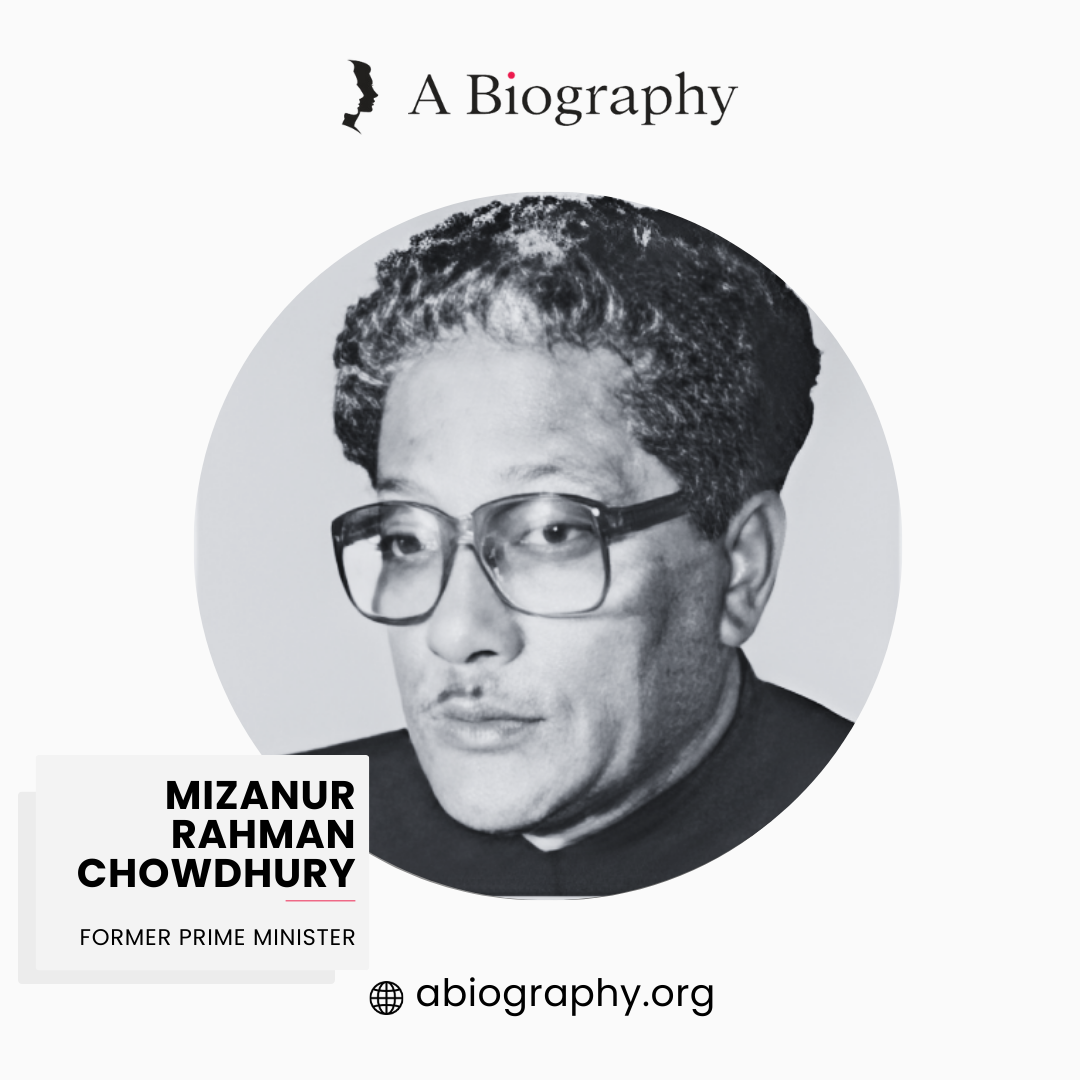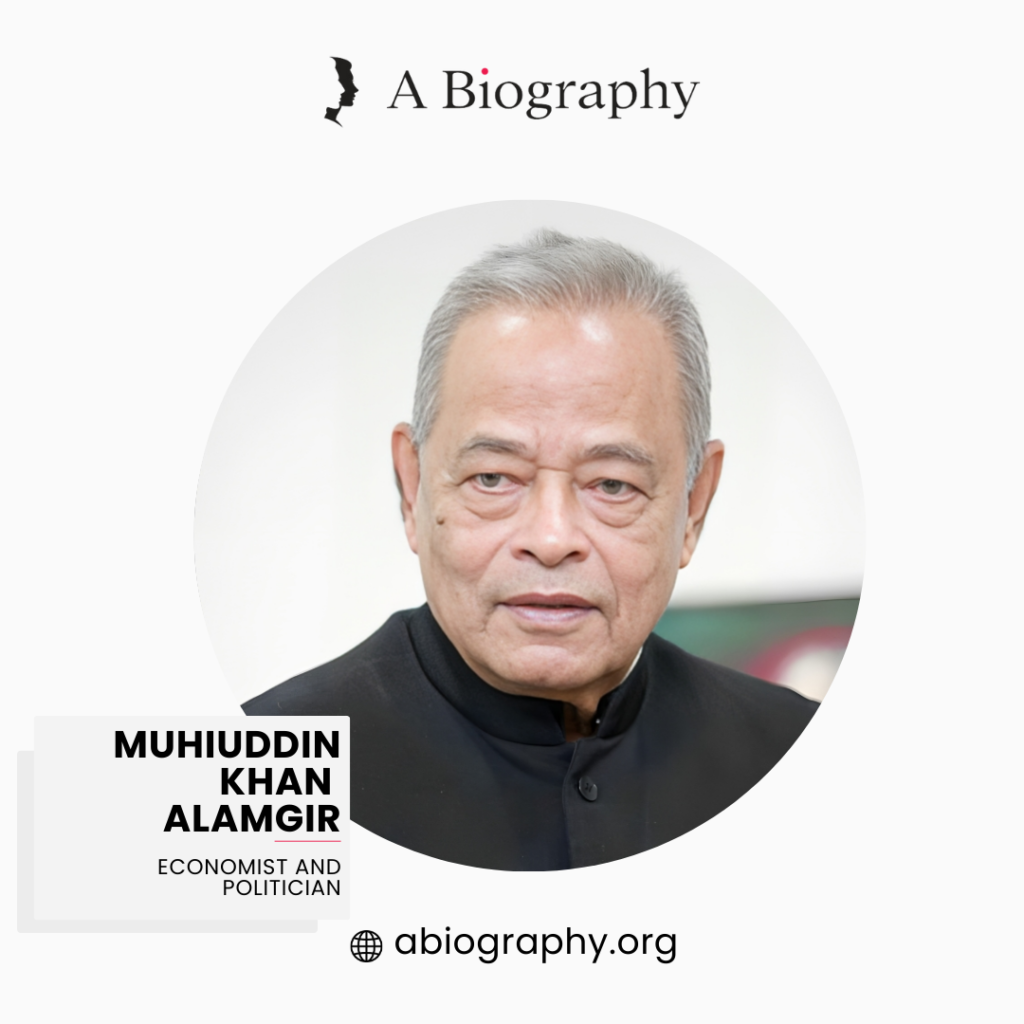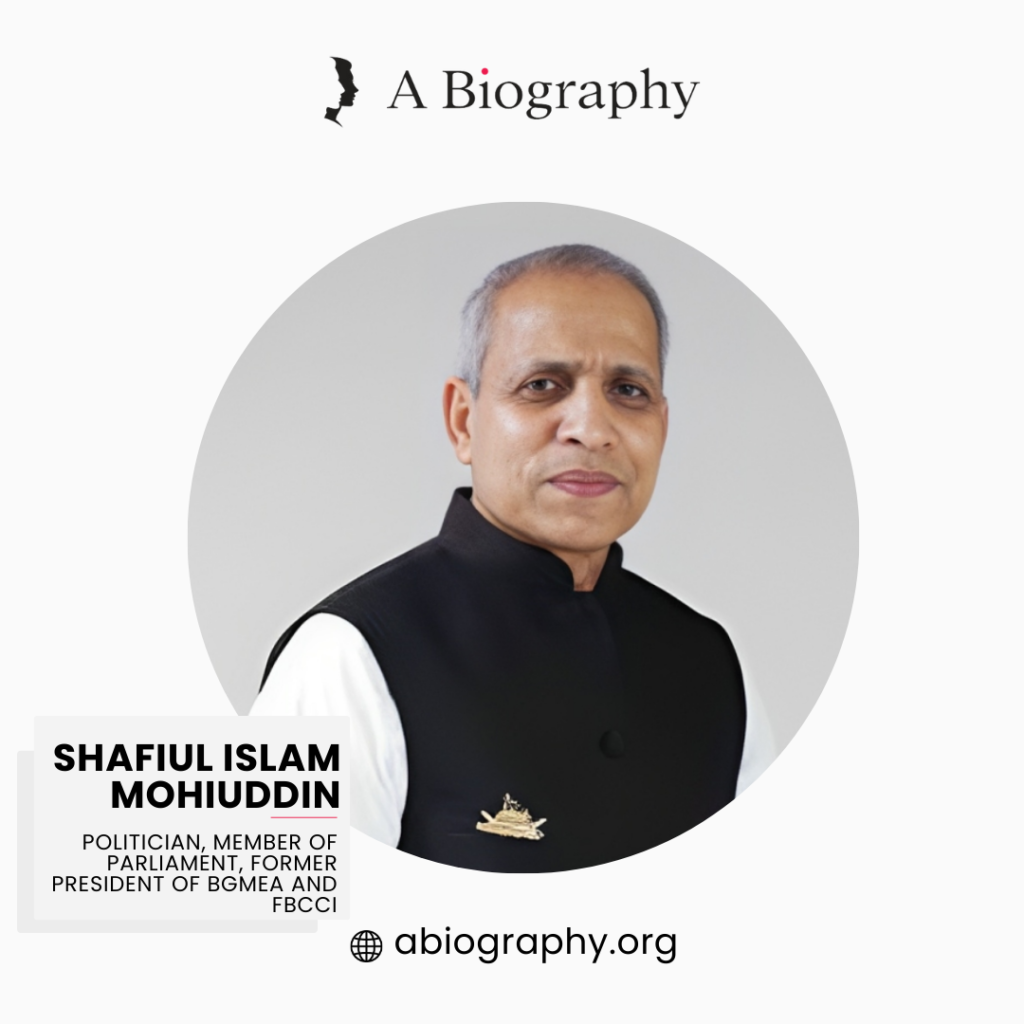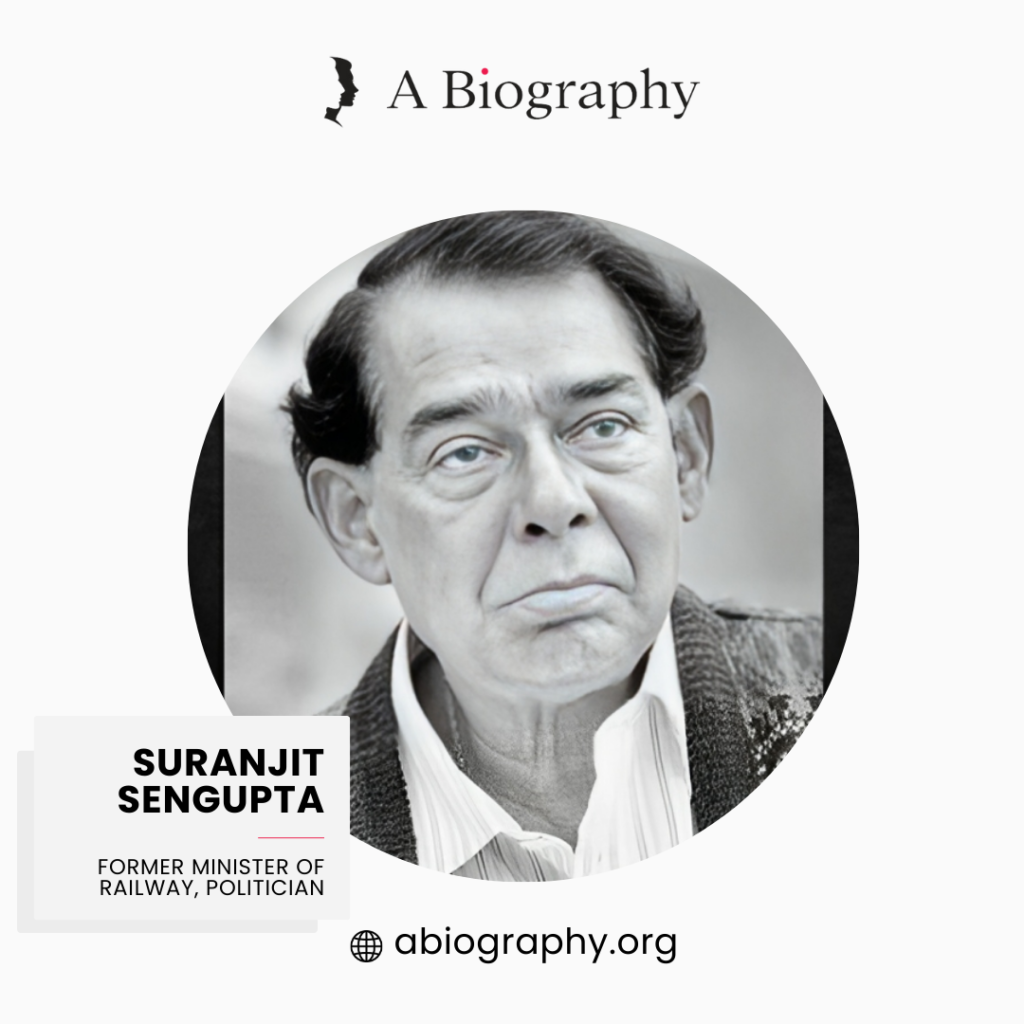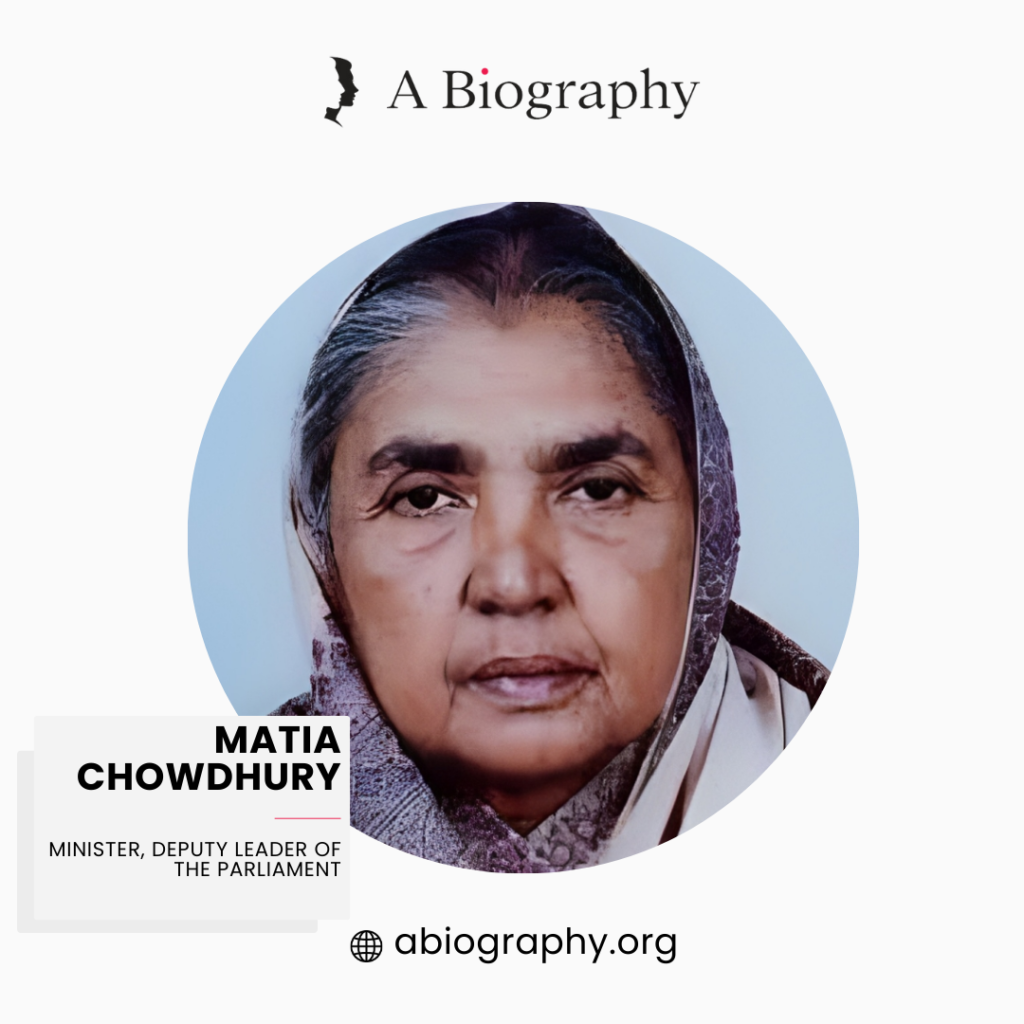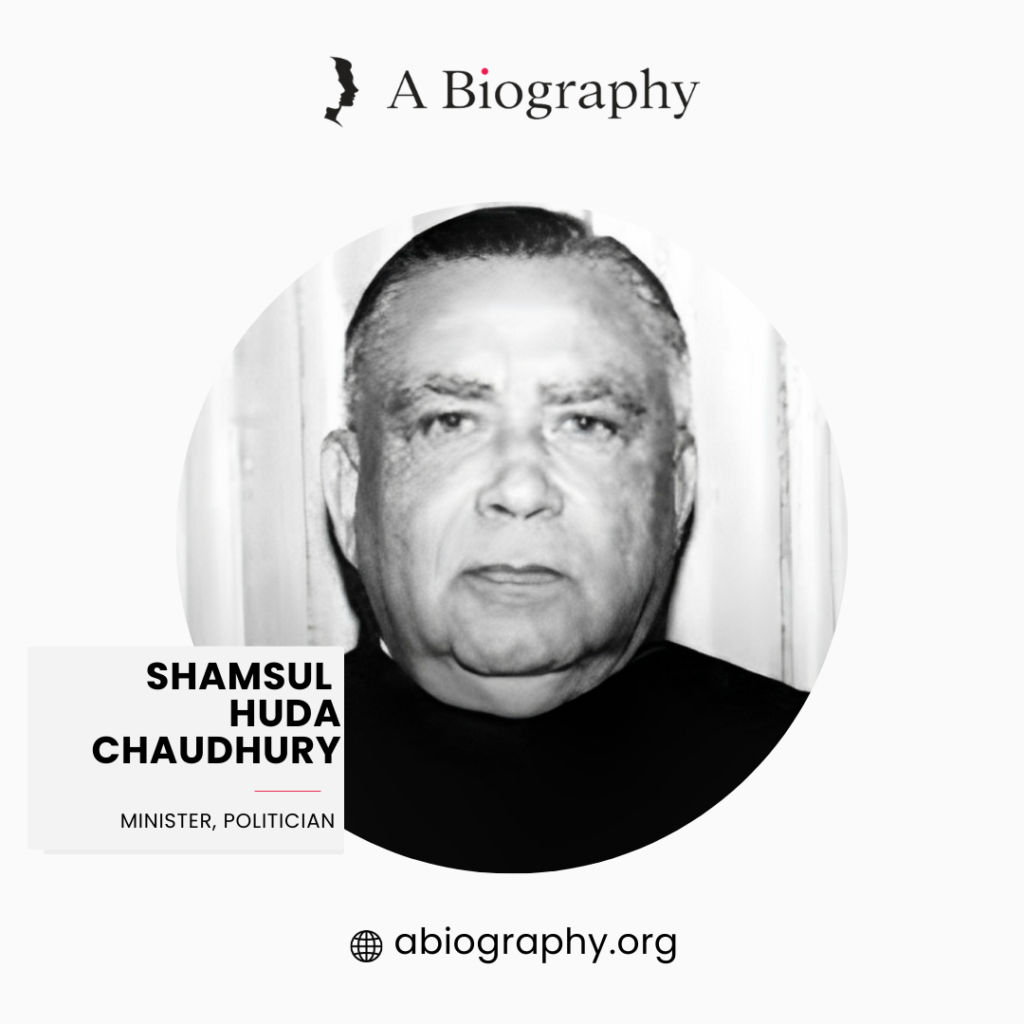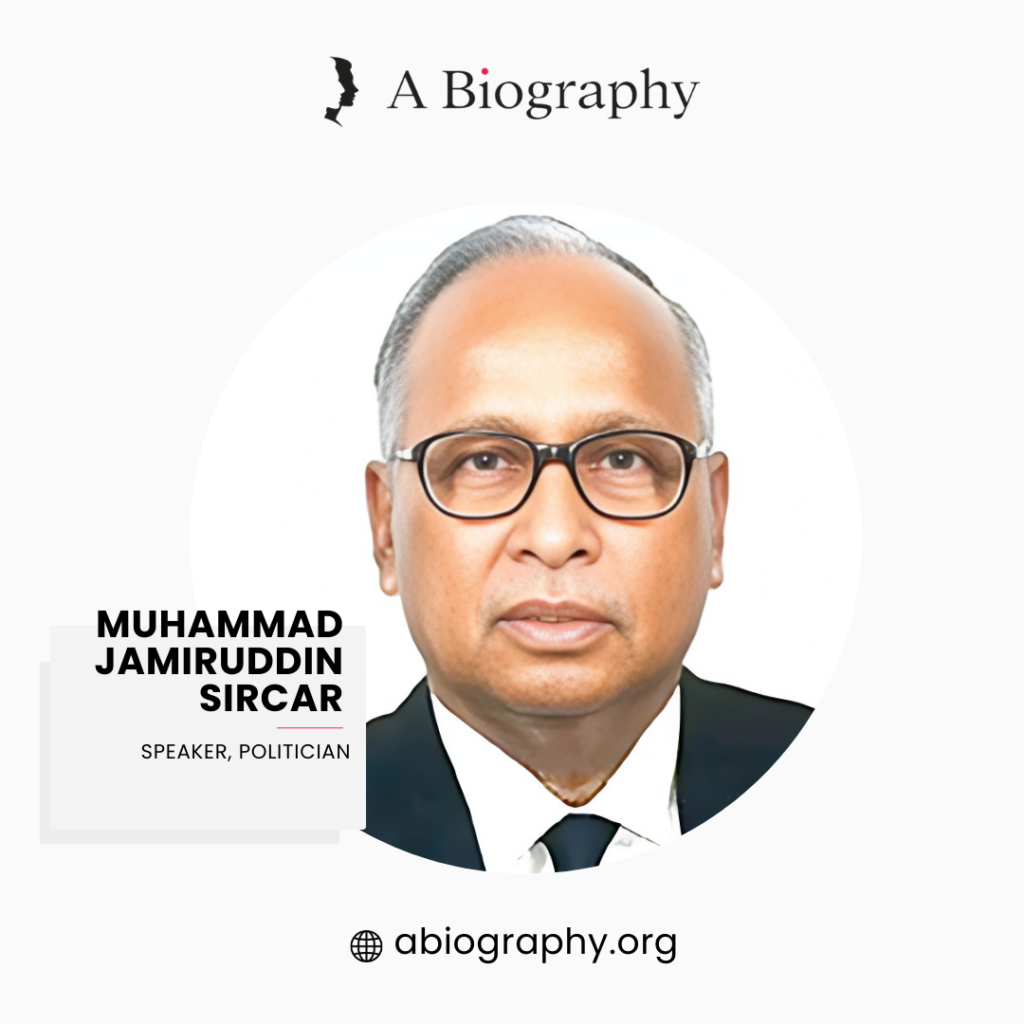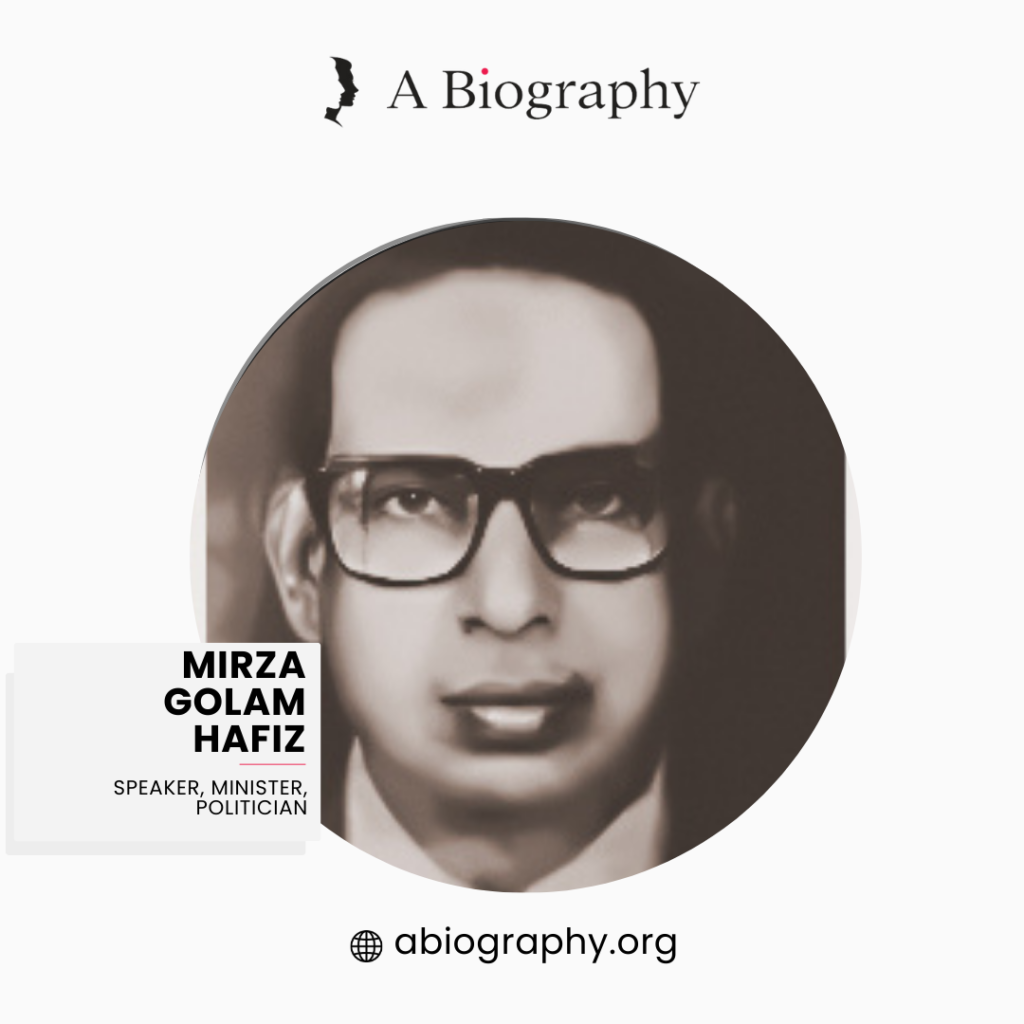BIOGRAPHY OF MIZANUR RAHMAN CHOWDHURY
(Former Prime Minister)
(1928- 2006)
Table of Contents
ToggleIntroduction
Mizanur Rahman Chowdhury was an important leader from Bangladesh. He is remembered as the Prime Minister of Bangladesh from July 9, 1986, to March 27, 1988. He was born on October 19, 1928, and passed away on February 2, 2006.
Life of "Mizanur Rahman Chowdhury" At a Glance
Known For: Former Prime Minister
Born: October 19, 1928
Age: 80
Birthplace: Chandpur, Comilla district, Bangladesh
Nationality: Bangladeshi
Father: Mohammad Hafiz Chowdhury
Mother: Mahmuda Chowdhury
Education:
Graduated from Feni College
Occupation:
Minister of Information and Radio
Minister of Rehabilitation
Minister of Post and Telegraph
Prime Minister
Advisor Awami League
Children:
Four son
Four daughter
Death: February 2, 2006
Early Life
He was born on October 19, 1928, in Puran Bazar Purbo Sriramdihi village, Chandpur, Comilla district. His father’s name was Mohammad Hafiz Chowdhury, and his mother’s was Mahmuda Chowdhury.
Education and Career
Mizanur Rahman went to a high school called Nuria High Madrasa. He finished his studies at Feni College in 1952. He was the principal at Bamni Junior High School in Noakhali district. He got a job in the government through the Provincial Public Service Commission. Later, he became an English teacher at Nuria High Madrasa in Chandpur after leaving his government job.
In 1944, he embarked on his political journey by enlisting in the All Bengal Muslim Student League. The following year, in 1945, he secured the presidency of the Comilla district unit of the All India Muslim Students League. In 1946, he assumed the role of Captain within the Muslim League Volunteer Corps. His trajectory continued as he achieved the position of general secretary for the Chandpur Muslim Chhatra League students union at Chandpur College in 1948. Just two years later, he replicated this success by becoming the general secretary of the Feni College students union. Notably, he actively participated in the 1952 Bengali language movement.
In 1959, he secured the position of vice chairman within the Chandpur Municipality. By 1962, he had gained a seat in the National Assembly of Pakistan. However, his involvement took a turn in December 1964 when he was apprehended under the provisions of the Public Safety Ordinance of Pakistan. He managed to secure his release prior to the National Assembly elections, subsequently reclaiming his seat in the assembly in 1965.
In 1966, he ascended to the role of organizing secretary within the East Pakistan Awami League and eventually assumed the role of acting general secretary. He played a pivotal role in orchestrating the 6-Point Movement and even held the position of chief organizing convenor within this movement. Unfortunately, on June 22, 1966, he was taken into custody under the Defense of Pakistan Rules. However, he found his way back to freedom in 1967 through an order issued by the Supreme Court.
As the year 1968 rolled in, he was appointed as the convenor of the Combined Opposition Party (COP). Continuing his activism, he was instrumental in coordinating the mass uprising of 1969.
He took an active role in the Liberation War of Bangladesh in 1971, aligning himself with the pro-independence faction. Alongside Malek Ukil and others, he journeyed to Agartala, Tripura, India to oversee the activities of the Awami League during the conflict. Following Bangladesh’s emergence as an independent nation, he assumed the role of the inaugural Minister of Information and Radio in 1972. In 1973, he secured a seat in the Jatiya Sangsad and was appointed as the Minister of Rehabilitation.
His political journey continued, as he successfully won a seat in the Jatiya Sangsad in 1979 and again in 1985. In the latter year, he took on the responsibilities of the Minister of Post and Telegraph. Maintaining his political momentum, he secured another term in the Jatiya Sangsad in 1986. On the 8th of July, 1986, he ascended to the position of Prime Minister within President Ershad’s cabinet. However, his tenure as Prime Minister concluded on the 27th of March, 1988.
The subsequent years saw him re-elected to the Jatiya Sangsad in 1988 and later in 1991. After a brief departure, he rekindled his affiliation with the Awami League in 2001 and remained Advisor for the rest of his life.
Personal Life
Mizanu Rahman Chowdhury had left behind a wife, four daughters, four sons, and grandchildren. He passed away on February 2, 2006, at the age of 80. His final resting place is in his family graveyard in Puranbazar, located in the eastern Chandpur district. Prior to his passing, Chowdhury had been enduring various age-related health issues for a considerable period.
Conclusion
Mizanur Rahman Chowdhury’s works and actions reflect the commitment and service to Bangladesh. As a Prime Minister, he left a mark on the nation’s history. His legacy is one of dedication, with his final resting place in Puranbazar. His impact on Bangladesh endures.

